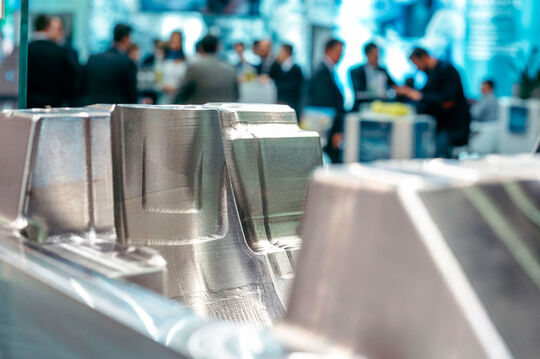Introduction:
Aluminum is a versatile and widely used metal in various industries, including aerospace, automotive, construction, and electronics. Its lightweight, corrosion resistance, and excellent heat conductivity make it an ideal material for manufacturing different components. However, machining aluminum can be challenging due to its softness and tendency to generate burrs and built-up edges. In this comprehensive guide, we will explore the precision manufacturing techniques used in aluminum machining.
1. Material Selection:
Choosing the right aluminum alloy is crucial for achieving desired machining outcomes. Commonly used aluminum alloys include 6061, 7075, and 2024, each with its unique characteristics. Factors such as strength requirements, corrosion resistance, and machinability should be considered when selecting the appropriate alloy.
2. Cutting Tools:
When machining aluminum, cutting tools play a significant role in achieving precision and efficiency. Carbide or high-speed steel (HSS) tools are commonly used due to their superior hardness and ability to withstand the heat generated during machining. Additionally, using tools with a high helix angle and sharp cutting edges can help reduce the risk of built-up edges and improve chip evacuation.
3. Machining Parameters:
Setting appropriate machining parameters such as cutting speed, feed rate, and depth of cut is essential for achieving accurate and efficient aluminum machining. High cutting speeds and lower feeds are generally preferred to prevent material accumulation and reduce the chances of built-up edges. Additionally, using a coolant or lubricant can help dissipate heat and improve chip evacuation.
4. Machining Techniques:
a) Milling: In milling operations, proper tool selection, cutting strategies, and fixturing are critical. Climb milling is often preferred over conventional milling to reduce the chances of work hardening and improve surface finish. Using high-speed spindles and high feed rates combined with proper chip removal techniques can enhance productivity.
b) Turning: When turning aluminum, using carbide inserts with sharp cutting edges and positive rake angles is recommended. Higher cutting speeds and lower feed rates can help prevent the generation of built-up edges and improve surface finish. Additionally, employing a controlled atmosphere or coolant can assist in dissipating heat during the turning process.
c) Drilling: Drilling aluminum requires careful consideration of chip evacuation. Using drills with a high helix angle and sharp cutting edges can facilitate chip removal. Peck drilling, which involves drilling in incremental depths, can also help prevent chip clogging and improve hole quality.

5. Surface Finish and Deburring:
Aluminum machining often results in the formation of burrs and sharp edges, which may affect the final product\’s functionality and aesthetics. Removing these burrs and achieving a smooth surface finish can be achieved through various methods such as manual deburring, vibratory tumbling, or using specialized deburring tools. Care should be taken to prevent any damage to the machined component during this process.
Conclusion:
Aluminum machining requires careful consideration of material selection, cutting tools, machining parameters, and techniques to achieve precision and efficiency. Understanding the unique characteristics of aluminum alloys and employing appropriate strategies can help produce high-quality components for various industries. By following the comprehensive guide to precision manufacturing techniques discussed above, manufacturers can optimize their aluminum machining processes and ensure consistent and reliable results.
-

- Magnesium alloy die-casting Auto parts headlight frame
-

- OEM Die casting manufacturer produce magnesium alloy auto dashboard
-

- Magnesium alloy thixomolding die-casting UAV parts C
-

- Magnesium thixomolding parts UAV housing
-

- Magnesium alloy die-casting electric vehicle mid-mounted motor housing
-

- Mangensium alloy die-casting Thixomolding metal parts

 0086-750-5616188
0086-750-5616188 +86 13392089688
+86 13392089688 sales@zhongmei-tech.com
sales@zhongmei-tech.com







